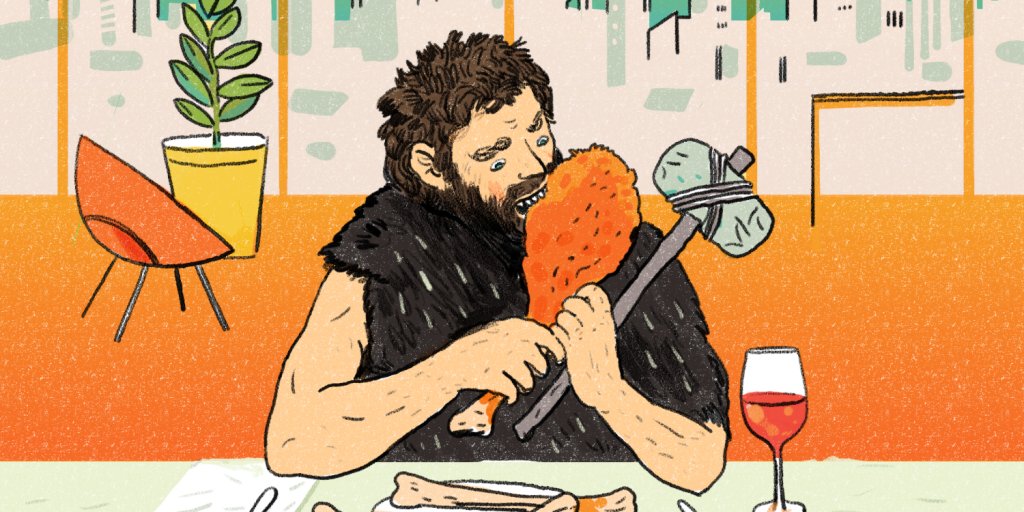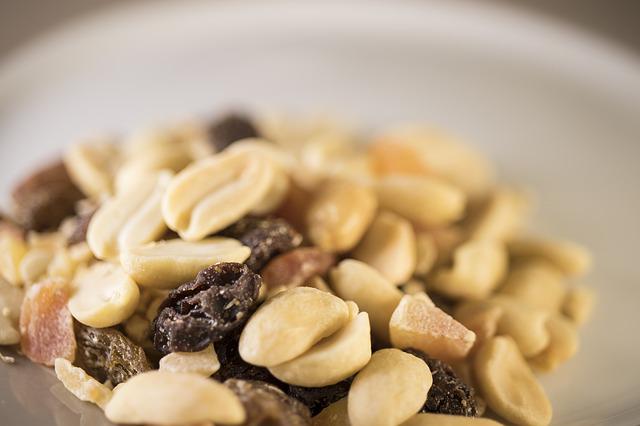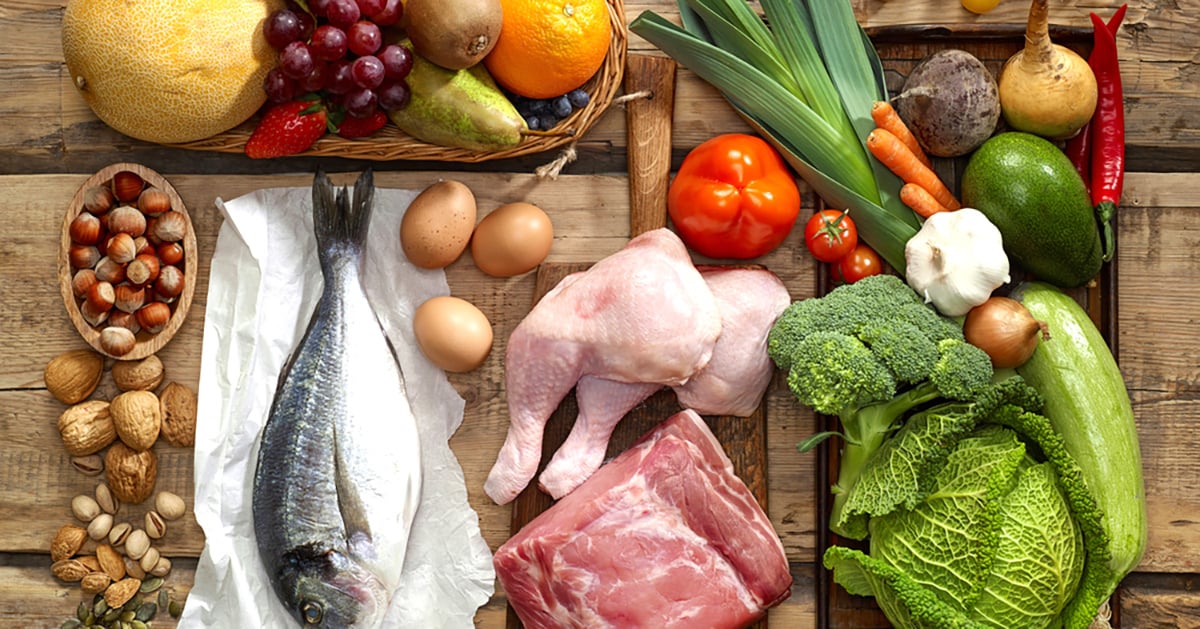
The menu diet paleo emphasizes eating foods that our ancestors ate. This diet includes foods such apricots, dried Pumpkin seeds, and banana with almond Butter. It's also rich in sweet potatoes, chicken, and other veggies. EatingWell understands that the paleo diet can be restrictive. However, they believe in the value of certain foods. Here's a discussion on which foods you can eat while still following a healthy eating plan.
Pola Makanan paleolithic womanusia
Christina Warinner, Ph.D., studied pola makan manusia purba and mitos-mitos pola makanan paleolithic manusia in 2010. She revealed that manusia Paleolithic manusia consumed large quantities of daging, and ate all types of meat. This myth was believed by many paleolithic people but is now considered obsolete and irrelevant.
The diet of the paleo, also known by the diet of manusia ga, allows you to eat the same food as manusia guma used to eat. They not only improve their kesehatan but also help to preserve their heritage. This diet isn't for everyone. This diet is not recommended for everyone.
The lukisan in the Ramasokat is made up of two types of kelompokan: ceruk and lukisan gua. They were found in the Liabalano and Sulawesi Tenggara areas. The lukisan gua contains a mixture of proteins, fats, carbohydrates, and amino acids. These nutrients can support healthy living and help us understand how humans evolved.

Modern people eat a varied diet that has many benefits and some downsides. People who eat foods rich with nutrients, such the Paleolithic Era diet, are more likely than others to develop diseases. A healthy diet will reduce your risk of developing diseases. Clean Eating can help you eat healthier. These are the obvious benefits to eating clean: A diet low in fat can help your health. You won't get sick by overeating.
Paleolithic diet food list
The majority of processed food contains added sugars, vegetable oils and artificial sweeteners. This can have adverse effects on your health. Salt and refined sugars are both factors that contribute to obesity and can cause heart disease. Vegetable oils have also been controversial. The American Heart Association recommends using corn or safflower oil to replace canola. These oils are high in omega-6 fatty acid.
While some commercial paleo diets have very strict dairy restrictions, others are more restrictive. Among the foods allowed on a paleolithic menu diet are lean pork loin, roasted chicken with onion and carrot stuffing, and steamed broccoli. Other paleo diets allow honey and maple syrup in small quantities. The benefits of this diet have been supported by scientific research at varying levels.
Paleo advocates recommend that you avoid legumes because they contain high amounts of phytic acids. These substances can inhibit the absorption essential minerals from the stomach. They are allowed in certain cases. Although it can be tempting for some to eat legumes or potatoes, it is not advised to do this as often as with other processed foods. You should instead include lots of fruits, vegetables and other healthy foods in your daily meals.
Guidelines for eating a paleolithic meal
Although the Guidelines for Eating a Paleolithic Diet is very different from the modern diet, they share the same principles. Although the Paleolithic diet was mostly made up of animal products, it also includes a lot of plants and has few restrictions. It is important to remember that your genetic makeup may not allow you to eat this diet. Additionally, the increased meat consumption may be detrimental to your health. Paleolithic nutrition may not be for you.

Paleolithic diets are known to exclude dairy products. These key food groups are at high risk for nutritional deficiencies. In particular, a lack of calcium in the diet can lead to tooth decay, and deficiency in this vital mineral may have detrimental effects on your bones and teeth. Calcium plays an important role in blood clotting as well as muscle contraction. Whole grains can reduce your risk of stroke, heart disease and type 2 diabetics. Because grains were mostly eliminated, you could be at risk for calcium deficiencies.
The guidelines for eating a Paleolithic diet have many specific tenets. It encourages the consumption of nutrient-rich foods and protein, while limiting carbohydrates and processed foods. It is important to adhere to the guidelines so that you don’t get carried away. Keep in mind that every person will have a different paleolithic food plan. It is important for you to know that the Paleolithic Diet is based upon a lifestyle that was popular 10,000 to 12,000 Years ago.
FAQ
Are there any free online cooking classes?
Many websites offer cooking lessons for free. YouTube can be searched for videos showing you how to make different meals. You can access thousands of recipes from some websites. Although you will have to pay a monthly fee for these sites, you can always try them for free for 30 consecutive days.
Do I have to buy ingredients in order to cook?
You don't have to buy all ingredients. Many grocery stores have premade sauces and other products that you can substitute for. Premade meals are an option if you're looking for a way to save some money.
How do I get hired as chef?
You must complete a degree in culinary arts to be able to apply for a job at the table as a professional chef. Next, you should join a professional association such as the American Culinary Federation (ACF). This association offers certification exams as well as networking opportunities.
What is the best career path for someone who wants to be a chef? How do I begin my career as chef?
You should start as an apprentice if you are interested in becoming chef. Apprenticeships are a way to earn a living while you learn. After your apprenticeship is completed, you can apply to be a sous chef. Sous chefs supervise cooks and assist them with tasks like making salads and desserts. They are also responsible for the overall operation of the restaurant.
What skills is required to attend culinary school
A chef's job requires you to be able cook well under pressure and understand food safety regulations. To learn how cook, enroll in cooking courses at your local high schools or community colleges. Once you have learned the basics of cooking, it is time to look for work at a restaurant.
Which is the best way for you to learn how to cook?
Cooking is a skill that every person should learn. You'll miss out on delicious meals if your skills are not up to par. You must start by finding a recipe you enjoy and following it closely when you learn to cook. The next step is to practice making small modifications to the recipe until it becomes second nature. Next, you can cook for others. This will allow you to improve your cooking skills and test your abilities.
Statistics
- In the United States, the category is estimated at $23.2 billion annually and is growing faster than the market. (washingtonpost.com)
- On average, chefs earn $58,740 a year, according to the BLS. - learnhowtobecome.org
- The median pay for a chef or head cook is $53,380 per year or $25.66/hour, according to the U.S. Bureau of Labor Statistics (BLS). (learnhowtobecome.org)
External Links
How To
How to cook steak
The right cooking method for any type of meat depends on its thickness. Thicker steaks, for example, are better cooked at low heat while thicker steaks require higher temperatures.
You should also ensure you don't overcook them because they'll lose flavor. Make sure to remove the steaks from the pan after it is done. This will help you avoid burning your skin.
Cooking times depend on the size of the steak and the desired degree of doneness. Here are some guidelines:
Medium Rare: Cook until medium-rare, which is when the internal temperature reaches at least 145degF (63degC). This takes between 3 and 5 minutes per side.
Medium: Cook the meat until it reaches 160°F (71°C). This usually takes about 6 minutes per side.
When done well, cook until the internal temperatures reach 180°F (82°C). This normally takes 8 to 12 minutes per side.